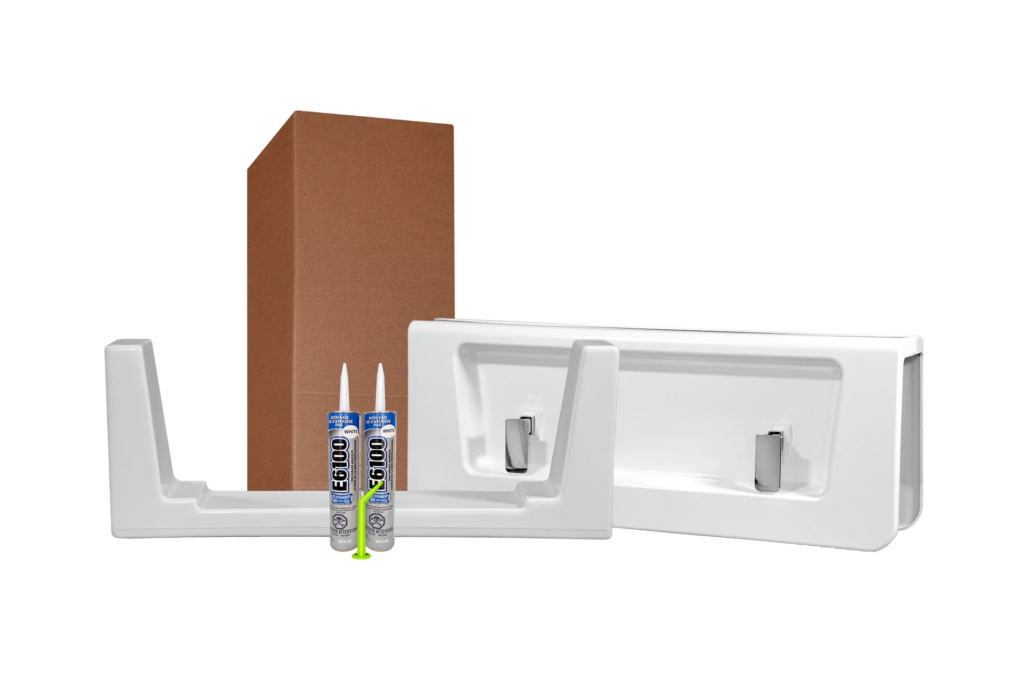
Preparing your home for life after knee replacement surgery is key to a smooth, safe, and comfortable recovery. Since mobility is limited and balance may be compromised for several weeks, thoughtful modifications and decluttering can make a significant difference in your healing experience. This guide outlines essential home preparation tips—what to install for safety and convenience and what to remove to reduce hazards—helping you regain independence and avoid falls or injuries during recovery.
Why Home Preparation Matters After Knee Replacement
Knee replacement surgery can improve mobility and reduce chronic pain in the long term, but the initial recovery period requires careful attention to safety. Swelling, pain, and muscle weakness make everyday tasks more challenging, and navigating your home without adjustments increases fall risk. Preparing your living space before surgery ensures you have a supportive environment to heal without unnecessary obstacles or frustrations.
What to Remove Before Surgery
- Remove Loose Rugs and Carpets:
- Throw rugs and carpets with curled or uneven edges often cause trips and slips. Eliminating these can create a safer walking surface, especially as you recover using walkers or crutches.
- Clear Clutter and Create Wide Walkways:
- Furniture, electrical cords, children’s toys, and decorative items can obstruct pathways. Arrange furniture to provide at least 3 feet of clear space for walking aids, allowing you to move easily around your home.
- Secure or Remove Electrical Cords:
- Loose cords along walking paths pose trip hazards. Use cord organizers or relocate them out of traffic areas to prevent falls.
- Avoid Using Low or Soft Seating:
- Soft sofas, stools, rocking chairs, and chairs without armrests can be challenging to get out of, increasing the risk of falls or strain on your knee. Remove or set aside these seating options.
- Eliminate Slippery Surfaces:
- Remove waxed or polished floor mats and slippery tile runners and replace with non-slip mats where needed.
What to Install for Safety and Ease
- Install Grab Bars and Handrails:
- Adding grab bars in critical areas such as bathrooms—next to toilets, showers, and bathtubs—provides support when standing up or sitting down. Stair handrails should be secure and easy to grip.
- Raised Toilet Seat:
- A raised toilet seat reduces the distance you need to bend, making it easier and safer to use the bathroom after surgery.
- Shower Chair or Tub Transfer Bench:
- Sitting while showering minimizes the risk of falls. A shower chair or tub transfer bench allows you to bathe safely without straining your knee.
- Non-Slip Bath Mats and Flooring:
- Place non-slip mats inside and outside the shower or tub, and use non-slip rugs or adhesive strips on slippery floor surfaces.
- Comfortable, Stable Seating with Armrests:
- Choose firm chairs with armrests for sitting and resting. Chairs should be high enough to avoid excessive knee bending and stable enough to assist in standing up.
- Night Lights:
- Install night lights in hallways, bathrooms, and bedrooms to help you navigate safely at night.
- Clear Access to Frequently Used Items:
- Store everyday items like medications, water, phone, remote controls, and reading materials within easy reach to avoid bending or stretching.
- Consider a Tub-to-Shower Conversion or Step-In Tub Install:
- If your bathroom has a traditional bathtub, installing a bathtub cut out conversion kit from Quick Tub can dramatically improve safety. This kit creates a walk-through door in your tub wall, allowing you to enter and exit without stepping over a high edge, reducing fall risks and making bathing easier during recovery.
Additional Recommended Equipment
- Walking aids: Crutches, walkers, or canes as prescribed by your healthcare provider.
- Reachers or Grabbers: Helpful for picking up objects without bending.
- Long-handled shoehorns and sock aids: Minimize bending while dressing.
- Ice packs and pillows: For swelling and leg elevation.
- Adjustable beds or recliners: For comfortable positioning and leg elevation.
Other Helpful Tips
- Prepare a First-Floor Sleeping Area:
- If you live in a multi-story home, set up your bedroom temporarily on the main floor to avoid climbing stairs.
- Arrange for Help:
- Ask friends, family, or professional caregivers to assist with cooking, cleaning, or errands during your recovery.
- Organize a Recovery Zone:
- Create a dedicated area with all your essentials close by so you can rest and recover without frequent movement.
- Plan for Meal Delivery and Medication Management:
- Prepare easy meals ahead of time or arrange deliveries, and use pill organizers or timers to stay on track with medications.
Proper home preparation after knee replacement surgery reduces your risk of falls, promotes healing, and increases your independence during recovery. Focus on removing hazards such as rugs, clutter, and cords while installing safety features, including grab bars, raised toilet seats, and non-slip mats. Consider bathroom modifications to make bathing safer and more manageable.
Starting these modifications before surgery will give you peace of mind and allow you to focus on recovery. Consult with your surgeon or occupational therapist for personalized recommendations based on your home layout and health needs. With the proper preparations, you can ensure a smoother and safer journey to regaining mobility and returning to your active lifestyle.